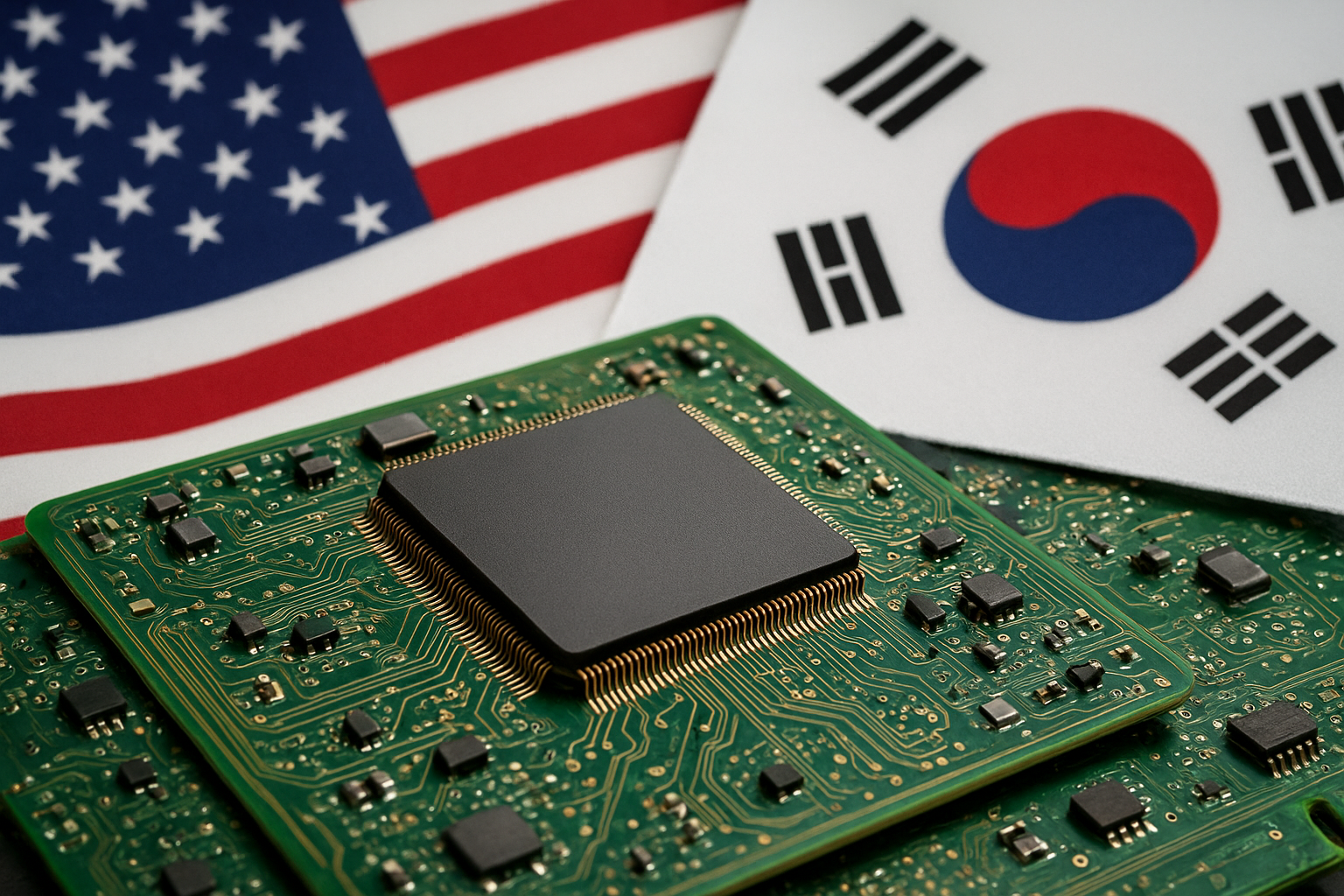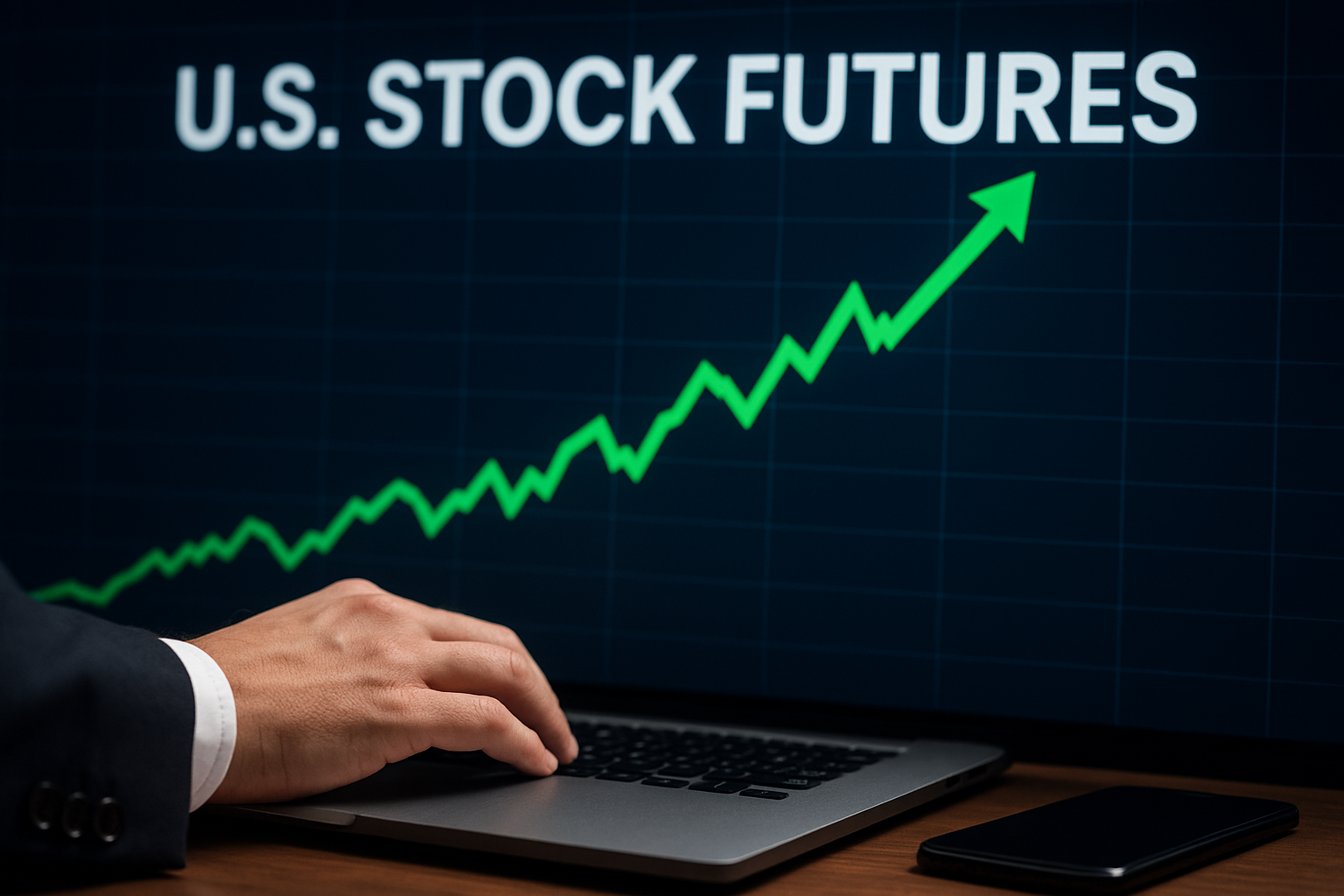For investors riding the wave of artificial intelligence (AI), the current market feels exhilarating — valuations are skyrocketing, venture capital is pouring in, and Wall Street is pushing AI-linked stocks to record highs. But beneath the optimism, whispers of caution are growing louder. Increasingly, analysts and market watchers are drawing parallels between today’s AI boom and the excesses of the dot-com era, raising the question: are we on the verge of another bubble?
A Frenzy of Capital and Valuation Surges
AI startups are commanding unprecedented valuations. According to PitchBook data, global venture capital investment in AI topped $80 billion in the first half of 2025, outpacing even the historic funding rush into fintech at its peak. Companies with little revenue but strong “AI potential” are securing billion-dollar valuations almost overnight.
Public markets mirror this momentum. The NASDAQ AI Index has climbed nearly 70% year-to-date, driven by demand for cloud computing, semiconductor capacity, and enterprise AI adoption. Giants like Nvidia ($NVDA) and Microsoft ($MSFT) have added hundreds of billions in market capitalization in just months, while smaller-cap players have surged on AI-related press releases alone.
This frothy environment has shades of the late 1990s, when internet-based startups with vague business models raised vast sums, only to collapse when fundamentals failed to materialize.
Why This Matters for Investors
The comparison to the dot-com era is not simply rhetorical. AInvest’s recent analysis notes that investor behavior reflects classic bubble dynamics — fear of missing out (FOMO), speculative capital inflows, and a disconnect between valuations and earnings potential.
“Investors need to distinguish between companies truly positioned to monetize AI at scale, and those simply attaching ‘AI’ to their narrative,” warned analysts at Investing.com in a Monday briefing. The report stressed that although AI has transformative potential, not every company claiming exposure will deliver long-term returns.
In short: while the technology is real and adoption is accelerating, the current valuation surge may not be sustainable.
Fundamentals vs. Hype
Not all AI plays are created equal. Unlike the dot-com crash, where most firms had little to no revenue, today’s AI leaders are generating significant cash flows. Nvidia’s quarterly revenue jumped 95% year-over-year, with AI-related demand for GPUs leading the surge. Microsoft and Alphabet ($GOOGL) are embedding AI into their ecosystems, generating tangible monetization streams.
But elsewhere, the picture is murkier. Many private startups boast sky-high valuations despite limited pathways to profitability. Secondary markets are already showing cracks, with some unicorn shares trading at 20-40% discounts to their last funding rounds.
Future Trends to Watch
- Corporate AI Spending: Enterprises are projected to spend $300 billion annually on AI solutions by 2027 (McKinsey). The winners will likely be infrastructure providers and firms with proven deployment capacity.
- Regulation: The U.S. and EU are accelerating discussions around AI governance, which could reshape investment landscapes, particularly for data privacy and compliance-heavy industries.
- Consolidation: M&A activity is expected to rise, as larger tech companies acquire smaller players to integrate talent and intellectual property. Investors should monitor acquisition targets.
- Capital Market Sentiment: As interest rates stabilize, speculative capital could either fuel further growth — or trigger sharper corrections if sentiment turns.
Key Investment Insight
Investors should approach AI with strategic selectivity. Fundamentals matter more than hype. Favor established companies with clear revenue pipelines, robust balance sheets, and competitive advantages in infrastructure (e.g., chips, cloud services) over early-stage firms chasing valuation multiples.
Consider diversifying exposure across different layers of the AI value chain:
- Semiconductors (Nvidia, AMD, TSMC)
- Cloud & Enterprise (Microsoft, Amazon, Google)
- Applied AI solutions (healthcare, finance, manufacturing)
At the same time, monitor valuation metrics — particularly price-to-sales ratios and forward earnings multiples — to identify early signs of overheating.
Stay Ahead of the Curve
The AI revolution is real, but so are the risks of speculative overreach. Just as the dot-com bubble created both spectacular failures and enduring winners like Amazon, today’s AI surge will separate pretenders from long-term leaders. Investors who combine disciplined analysis with forward-looking positioning are best placed to capture upside while minimizing risk.
For more daily insights and breaking analysis on the trends shaping global markets, keep following MoneyNews.Today — your trusted source for actionable investor intelligence.





